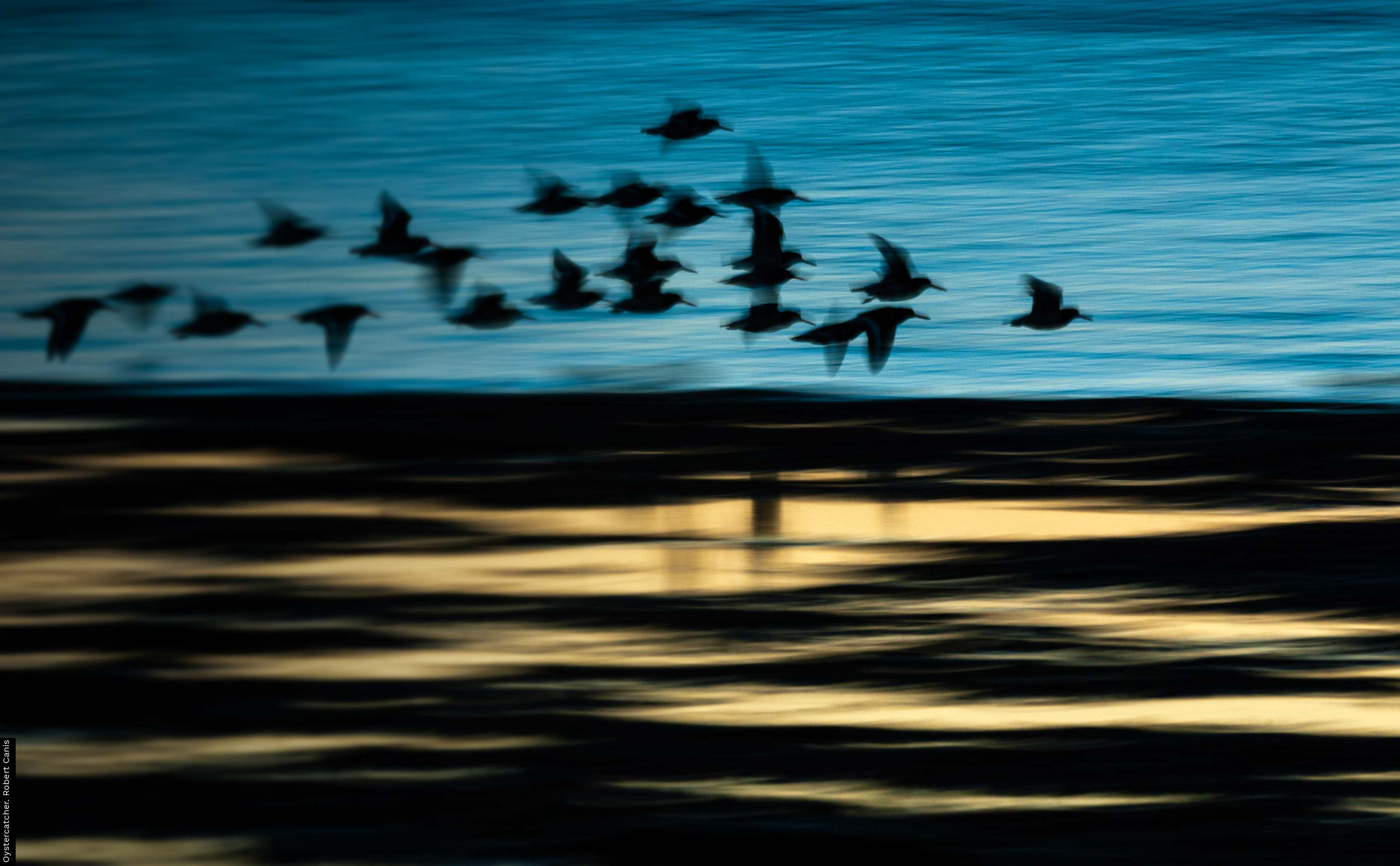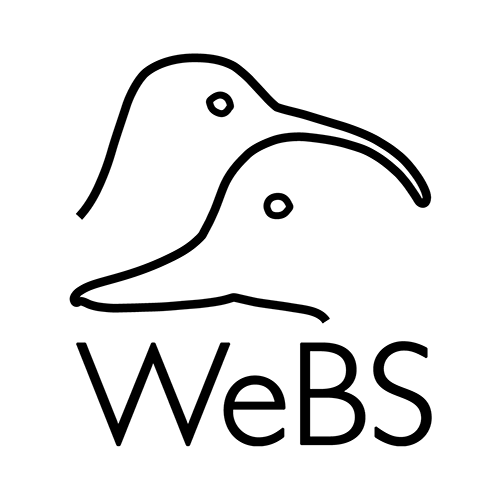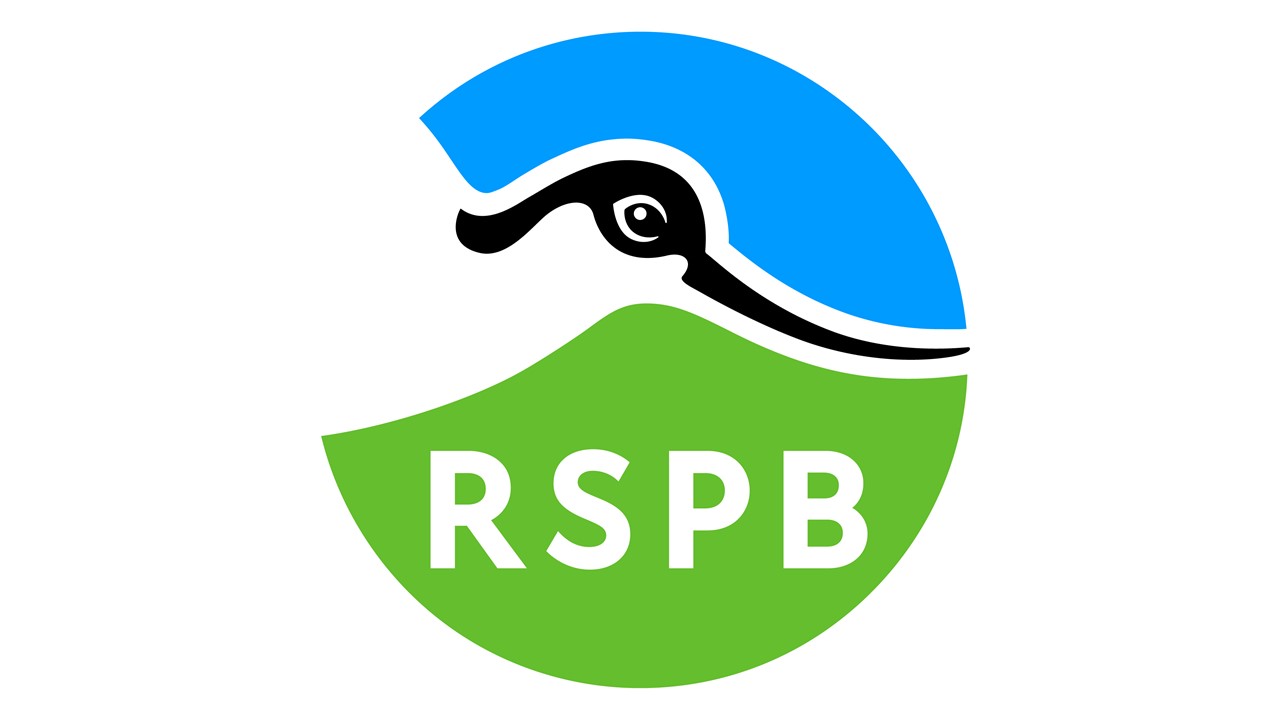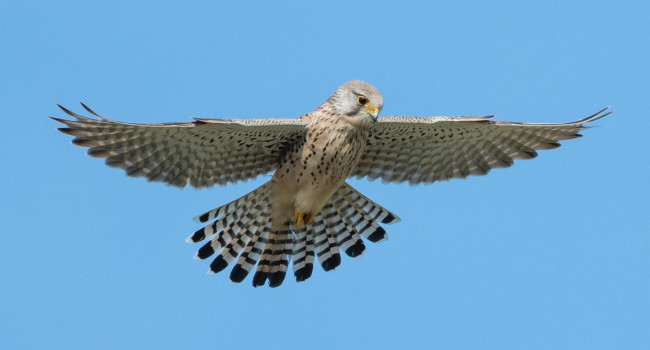Species Threshold Levels
Criteria for assessing the international importance of wetlands have been agreed by the Contracting Parties to the Ramsar Convention on Wetlands of International Importance (Ramsar Convention Bureau 1988). Under criterion 6, a wetland is considered internationally important if it regularly holds at least 1% of the individuals in a population of one species or subspecies of waterbird, while criterion 5 states that any site regularly supporting 20,000 or more waterbirds also qualifies. Britain and Ireland’s wildfowl belong, in most cases, to the northwest European population and the waders to the east Atlantic flyway population (Wetlands International 2012). A wetland in Britain is considered nationally important if it regularly holds 1% or more of the estimated British population of one species or subspecies of waterbird, and in Northern Ireland important in an all-Ireland context if it holds 1% or more of the estimated all-Ireland population. Thus, any site regularly supporting at least this number of birds potentially qualifies for designation under national legislation, or the EC Birds Directive or Ramsar Convention.
The 1% thresholds for British, all-Ireland and international waterbird populations, where known, are given on the WeBS Report Online and in the download below, and sites surpassing these thresholds are highlighted in the species tables on the WeBS Report Online. 1% thresholds have not been derived for introduced species since protected sites would not be identified for these birds.
It was agreed at the meeting of the Ramsar Convention in Brisbane that population estimates should be reviewed by Wetlands International every three years and 1% thresholds revised every nine years (Rose & Stroud 1994; Ramsar Resolution VI.4). Sources of qualifying levels represent the most up-to-date figures following recent reviews: for waterbirds in Britain see Frost et al. (2019); for gulls in Britain see Banks et al. (2007); for all-Ireland importance see Burke et al. (2018). The international criteria for each species and subspecies is specified in the table following AEWA (2018). It should be noted that for some populations, where the British total is the international total, the precise figure given for the estimates may differ because of different rounding conventions applied in the relevant publications. Historic species 1% thresholds are displayed when the reporting year is changed on the WeBS Report Online, or are available by contacting the WeBS office.
It should be noted that, where 1% of the national population is less than 50 birds, 50 is normally used as a minimum qualifying threshold for the designation of sites of national or international importance.










Share this page